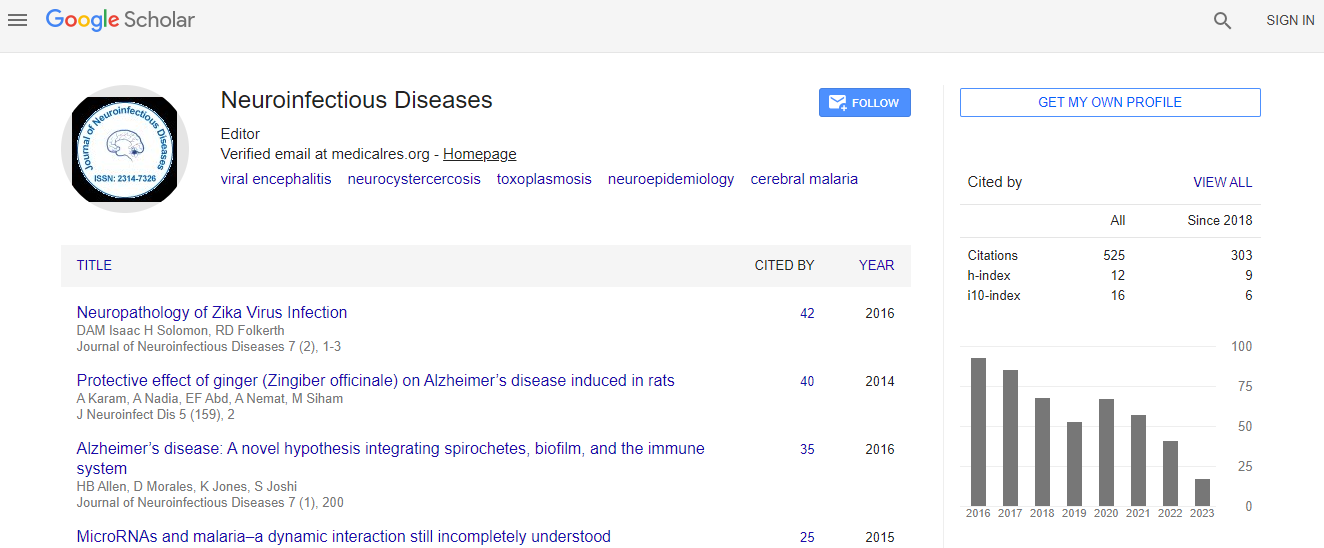Review Article
Increasing Intracerebral Infections Caused by Free-Living Amebae in the United States and Worldwide
James H. Diaz*
School of Public Health, Louisiana State University, Health Sciences Center New Orleans, 1615 Poydras St., Suite 1400, New Orleans, LA 70112, USA
- *Corresponding Author:
- James H. Diaz
School of Public Health, Louisiana State University
Health Sciences Center New Orleans, 1615
Poydras St., Suite 1400, New Orleans, LA 70112, USA
E-mail: jdiaz@lsuhsc.edu
Received date: 27 July 2010; Accepted date: 23 September 2010
Abstract
Free-living amebae of the genera Acanthamoeba, Balamuthia, Naegleria, and Sappinia are rare causes of infectious diseases in humans with the exception of Acanthamoeba keratitis (AK) which is reported in millions of soft contact lens wearers worldwide each year. Unlike several Acanthamoeba species, only one species of Naegleria, N. fowleri, is known to infect humans by causing an acute, fulminant, usually lethal, central nervous system (CNS) infection, known as primary amebic meningoencephalitis (PAM). Balamuthia mandrillaris, another opportunistic, free-living ameba, is, like Acanthamoeba spp., capable of causing skin lesions and granulomatous amebic encephalitis (GAE) in individuals with compromised or competent immune systems, who inhale infective cysts or develop indolent, granulomatous skin lesions in soil-contaminated wounds. Lastly, Sappinia pedata, a recently identified free-living ameba that lives in soil and animal and reptile feces, has caused a single case of nongranulomatous amebic encephalitis in an immunocompetent Texas farmer. CNS infections caused by these ubiquitous organisms remain rare, but are, nevertheless, increasing today in the US and worldwide due to a combination of environmental and host susceptibility factors. The purpose of this review will be to describe the current epidemiology, pathophysiology, clinical manifestations, diagnosis, management, and prevention of free-living amebic infections of the CNS.

 Spanish
Spanish  Chinese
Chinese  Russian
Russian  German
German  French
French  Japanese
Japanese  Portuguese
Portuguese  Hindi
Hindi 
